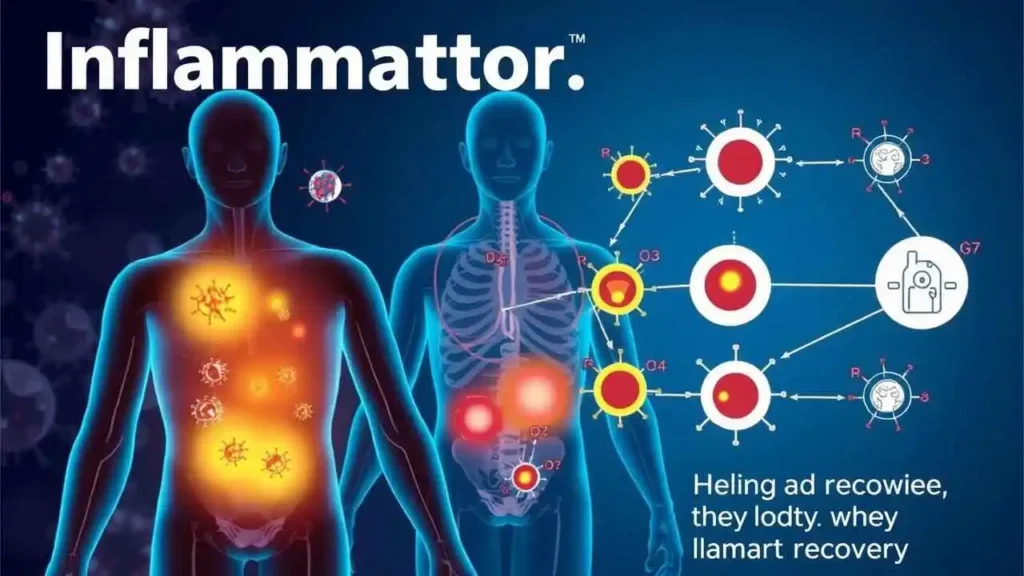
Understanding Inflammation: Our Body’s Silent Alarm System
We often hear the word “inflammation” thrown around in health discussions, from sports injuries to chronic diseases. But what exactly is inflammation, and why is it so important? Far from being a simple nuisance, inflammation is a complex and fundamental biological process – our body’s natural defense mechanism, signaling that something is amiss and needs attention. In this article, we’ll delve into the world of inflammation, exploring its different types, the various culprits that trigger it, and the crucial steps we can take to manage and mitigate its effects. Understanding inflammation is key to taking proactive steps towards better health and well-being.
Two Sides of the Coin: Acute and Chronic Inflammation
Inflammation isn’t a monolithic entity. It exists in different forms, primarily categorized as acute and chronic inflammation. While both are part of our body’s defense system, they differ significantly in their duration, purpose, and impact on our health.
Acute Inflammation: Think of acute inflammation as our body’s rapid response team. It’s a short-term, localized reaction to injury or infection. Imagine you sprain your ankle or get a paper cut. The immediate redness, swelling, heat, and pain you experience are all hallmarks of acute inflammation at work. This type of inflammation is beneficial and crucial for healing. Its primary goals are:
- To contain and eliminate the initial cause of injury or infection: This might be bacteria, viruses, damaged cells, or irritants.
- To clear out damaged tissue and debris: Preparing the site for repair and regeneration.
- To initiate tissue repair: Signaling the body to begin the healing process.



